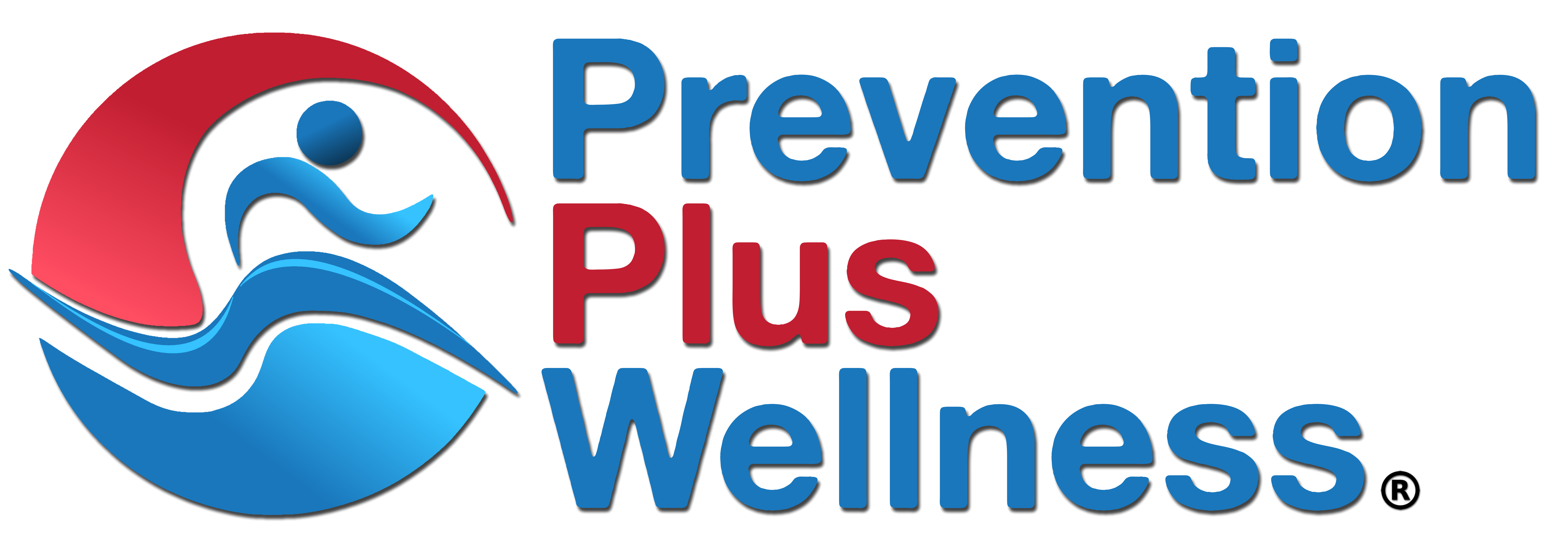SPORT Prevention Plus Wellness (PPW) was implemented to 1057 youth in groups over a three-year period (2020-2023) at 11 middle school districts and one Boys & Girls Clubs region across five states (New York, Michigan, Washington, Nebraska, and Missouri).
Most youth were between the ages of 11-13 years old.
Confidential online posttest surveys evaluating the SPORT Prevention Plus Wellness (PPW) program were administered immediately after the program was presented to youth.
Healthy Behavior Intentions
Youth intentions (very likely and likely) to engage in health-promoting behaviors within the next year are shown below.
- 88% to get physical activity most days
- 67% to get 8 or more hours of sleep most nights
- 79% to eat fruits & vegetables or mostly healthy foods most days
- 59% to eat a healthy breakfast every morning (n=394)
- 67% to set goals to improve health or fitness (n=739)
Substance Use Intentions
Youth intentions (very unlikely and unlikely) to use various substances within the next year are shown below.
- 83% will not drink alcohol
- 95% will not smoke cigarettes
- 94% will not use marijuana
- 93% will not use e-cigarettes
- 82% will not use opioids (n=740)
Perceived Harmfulness of Substance Use
Youth perceived harmfulness of using specific substances often (a great deal, a lot, and a moderate amount) to health and healthy behaviors are shown below (n=691).
- 82% think alcohol use is harmful
- 97% think cigarette smoking is harmful
- 96% think marijuana use is harmful
- 95% think e-cigarette use is harmful
- 96% think opioid use is harmful
Comparing National Health Behavior Data
Health behavior data from the most recent (2019) Youth Risk Behavior Survey of US 9th grade students are shown below compared with SPORT PPW posttest behavioral intentions (BI) data. Middle school data were not available for the nation.
- 49% got physical activity 5 or more days a week vs. 88% BI for SPORT PPW
- 29% got 8 or more hours sleep every night vs. 67% BI for SPORT PPW
- 59% ate vegetables and fruit every day vs. 79% BI for SPORT PPW
- 36% ate breakfast every morning vs. 59% BI for SPORT PPW
Comparing National Substance Use Data
Substance use data from the most recent (2021) Monitoring the Future (MTF) survey of 8th grade students are shown below compared with SPORT PPW posttest behavioral intentions (BI).
- 78% never drank alcohol vs. 83% BI for SPORT PPW
- 90% never used marijuana vs. 94% BI for SPORT PPW
- 93% never smoked a cigarette vs. 95% BI for SPORT PPW
- 83% never vaped nicotine vs. 93% BI for SPORT PPW
Perceived harmfulness from regular use of specific substances from the most recent (2021) Monitoring the Future (MTF) survey of 8th grade students are shown below compared with SPORT PPW posttest perceived harmfulness data.
- 27% think drinking 1-2 drinks daily is harmful vs. 82% for SPORT PPW
- 40% think smoking 1-5 cigarettes daily is harmful vs. 97% for SPORT PPW
- 52% think marijuana use is harmful vs. 96% for SPORT PPW
- 22% think e-cigarette use is harmful (2018) vs. 95% for SPORT PPW
Conclusions
Confidential online posttest surveys collected immediately after providing the SPORT Prevention Plus Wellness program to groups of middle school-aged youth across five states show most adolescents intend to engage in all five targeted health behaviors of physical activity, sleep, two healthy eating habits, and goal setting (ranging from 88%-59%).
Similarly, most youth participating in the one-session SPORT PPW program did not intend to use alcohol, cigarettes, e-cigarettes, marijuana or non-medical opioids in the next year (ranging from 95%-82%).
Most youth receiving SPORT PPW also perceived regular use of each of the measured five substances as harmful to their health or health habits (ranging from 97%-82%).
While not identical measures, comparing SPORT PPW posttest data to national survey data of youth health behaviors, substance use and perceived substance use harmfulness showed that youth receiving the SPORT PPW program were likely to engage in more healthy habits, avoid various substances and perceive substance use as more harmful than the general population of US youth.

